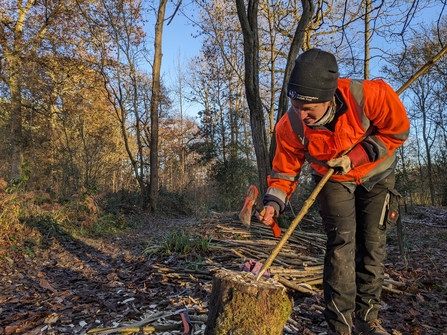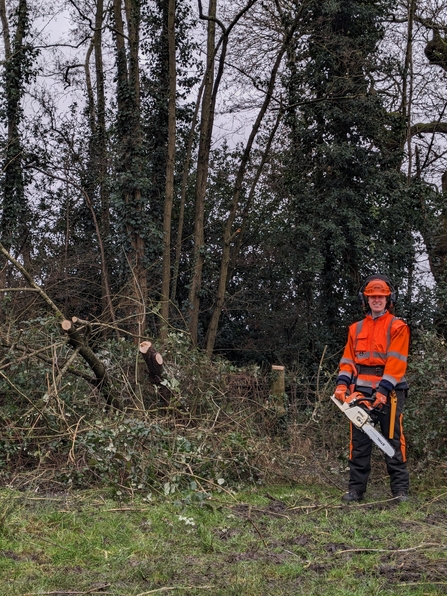It is always a joy when the plants start waking up from winter; the first buds and flowers appearing to brighten our days, no matter how grey the skies - and, boy, have there been grey some days!
As February draws to a close, so too does the forestry season. The birds will soon be nesting, the bluebells are already poking up above the humus and the sun is starting to have a little more warmth to it. I’ve loved spending this winter working in the woods, learning and developing my knowledge and skills.



